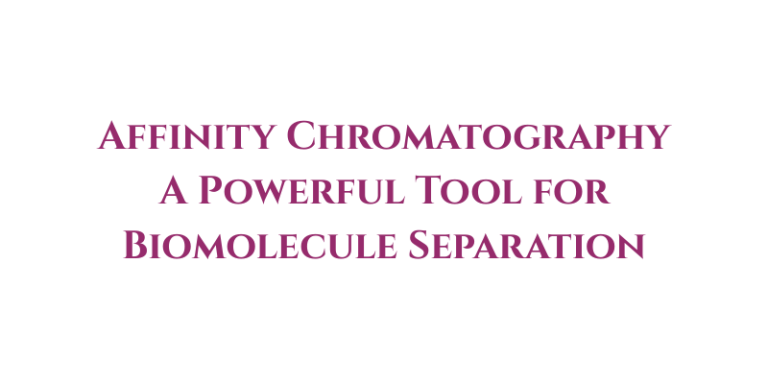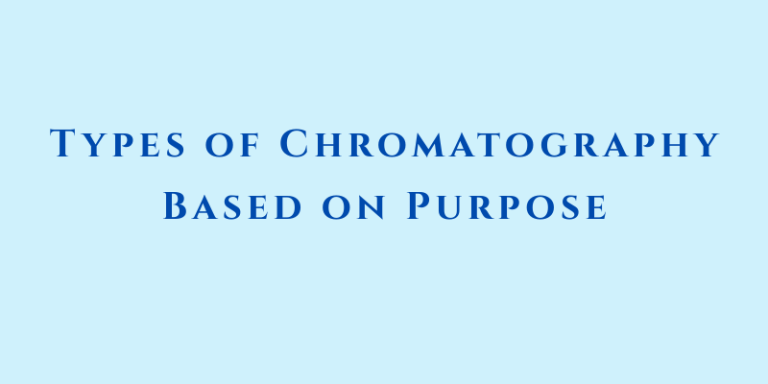How do you Study the Effect of Filtration on Sample during Analytical Method Validation?
Filtration can have significant effects on the results of analytical method validation, particularly in sample preparation and analysis processes.
Filtration plays a role in method validation in several ways:
- Sample Preparation: Filtration is often used as a sample preparation step to remove particulate matter, unwanted impurities, and interfering substances from the sample matrix. This can help improve the accuracy and precision of the analytical method by ensuring that only the target analyte is measured.
- Matrix Interference: Some samples may contain particles, colloids, or suspended solids that can interfere with the analytical measurement. Filtration can help eliminate or reduce these matrix interferences, leading to more accurate and reliable results.
- Recovery: Filtration can affect the recovery of analytes from the sample. Depending on the filtration technique and the nature of the analyte, losses may occur during the filtration process. It’s important to account for these losses when calculating the recovery of the method during validation.
- Quality Control: Filtration steps should be reproducible and consistent to ensure that the method can be reliably executed in routine analyses. Variability in the filtration process can introduce additional sources of error in the method.
Filtration study, the sample should be filtered through the proposed filter and the results should be compared with the unfiltered (centrifuged) sample.
Acceptance criteria
Assay:
The difference in % Assay between the filtered and unfiltered sample should be NMT 2.0%.
Dissolution:
The difference in% Release between the filtered and unfiltered sample should be NMT 2.0%.
Related substances:
The difference between the filtered and unfiltered sample for impurity content should be as follows:
Results – Difference
- LOQ to 0.50% – 0.05
- Greater than 0.51% – 0.1
To account for the effects of filtration in analytical method validation, it’s important to thoroughly document the filtration process, including details such as the type of filter used, filtration technique, filter material, pore size, sample volume, and any adjustments made to the method parameters as a result of filtration.
This documentation allows for better traceability and ensures that the validated method can be consistently applied in routine analysis.
Read also:
- The Lifecycle of a Pharmaceutical Test Method
- Guide to Determine Sink Conditions in Dissolution Testing
Resource Person: Jairus Fernandes







